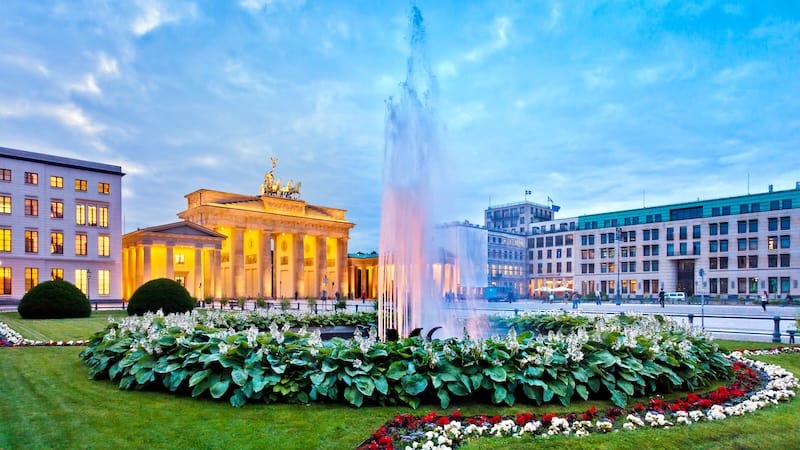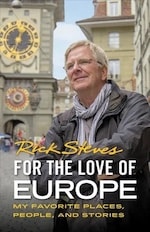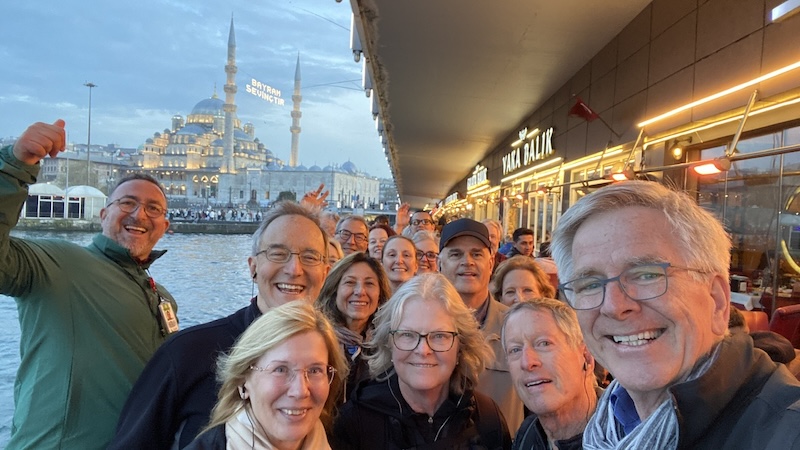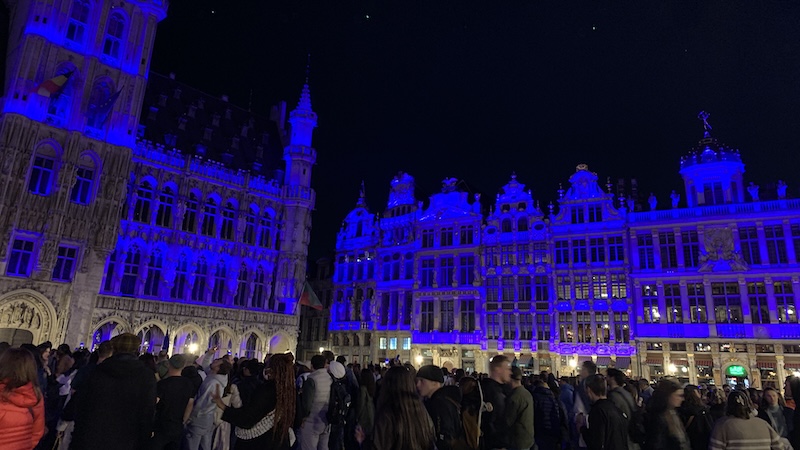Topography of Terror and Other Cold War Memories
The thriving, revitalized city of Berlin offers sobering glimpses of the past

The modern city of Berlin, Germany, displays a vibrant new energy alongside Cold War memories through remnants of East Berlin horrors and sobering museums.
Whenever I travel to Berlin I can’t help remembering my spooky Cold War visit back in 1971. I vividly recall how, after we’d toured East Berlin, our tour bus was stopped and emptied at the border so mirrors could be rolled under the bus before we returned to West Berlin. They wanted to see if anyone was trying to hitch a ride to freedom with us. (For a 16-year-old who was caught up in the anxiety of the Cold War, that left quite an impression.)
It’s been more than three decades since the fall of the Berlin Wall, which for nearly 30 years had divided the biggest city in Germany in two: a communist East and a capitalist West. Back then, life in the East was bleak, gray, and demoralizing because of ongoing political repression and their unresponsive Soviet-style command economy.
Today, long-united Berlin feels like the nuclear fuel rod of a great nation. It’s vibrant with youth, energy, and an anything-goes-and-anything’s-possible buzz.
A sleek Radisson Collection Hotel now stands where East Berlin’s leading hotel, the Palasthotel, once stood. I remember staying there during the Cold War, when a West German 5-mark coin changed on the black market would get me drinks all night. Now, stepping into the Radisson, five euros is lucky to get me a beer. Its over-the-top lobby is famous for hosting an eight-story-tall exotic fish tank (with an elevator zipping right up the middle) – which burst in 2022, killing countless fish. (Google it or see the video below!)
As a booming tourist attraction, Berlin now welcomes as many visitors in a year as Rome does. The crush of tourists makes parts of the new Berlin tacky – even some sights associated with the Wall. Checkpoint Charlie, the famous former border-crossing point between the American and Soviet sectors, can feel like a capitalist freak show. Shifty characters sell fake bits of the Wall, WWII-vintage gas masks, and East German medals. Two actors dressed as American soldiers pose for tourists between big American flags and among sandbags at the rebuilt checkpoint guard shack. However, the adjacent Museum of the Wall at Checkpoint Charlie is worthwhile, telling a gripping tale and recounting many ingenious escape attempts (though the DDR Museum in central Berlin, with a tourable reconstructed communist-era home, presents an even more engrossing look at life back in the days when Berlin was a tale of two cities).
Near Checkpoint Charlie next to a surviving stretch of Wall is the Topography of Terror, with Berlin’s best exhibit documenting Nazi crimes, along with an outdoor exhibit in the Gestapo headquarters’ excavated foundations. This site once hosted the nerve center for the Gestapo and the SS – the most despicable elements of the Nazi government.
Across the street from the Topography of Terror, a block-long section of the Wall was intentionally left as a memorial, while the rest of the death strip was razed and rebuilt. This stretch of the Wall is especially evocative because, with its holes, you can see its rebar innards. This fit the DDR mantra of “cheap but efficient.”
The Wall’s most iconic sight among Cold War memories, of course, is the Brandenburg Gate. Built in 1791, it’s the last survivor of 14 gates in Berlin’s old city wall. The gate was the symbol of Prussian Berlin … and later the symbol of a divided Berlin. It sat unused, part of a sad circle dance of watchtowers and barbed wire, for more than 28 years.
Postcards all over town still show the ecstatic day – Nov. 9, 1989 – when the world enjoyed the sight of happy Berliners jamming the gate like flowers on a parade float. While the now-gleaming Brandenburg Gate was completely restored in 2002, you can still see faint patches marking war damage. When I’m there, I like to pause a minute to think about struggles for freedom – past and present; there’s a special room built into the gate for this very purpose.
The last surviving complete “Wall system” (with both sides of the Wall and its no-man’s-land, or “death strip,” still intact) is now part of the sober and very worth-a-visit Berlin Wall Memorial, with two indoor exhibits, outdoor displays and memorials, and an observation tower where you can peer down into a preserved, complete stretch of the “Wall system” (with both sides of its Wall and its no-man’s-land, or “death strip,” all still intact).
The lengthiest still-standing stretch of the Wall is now the East Side Gallery, with murals by international artists covering nearly a mile of its concrete panels.
No tour of Germany is complete without a visit to the reunited, revitalized Berlin. Today, as we enjoy the thrill of walking over what was the Wall and through the well-patched Brandenburg Gate, it’s clear that history is more than a story contained in some book. It’s an exciting happening unfolding all around us, right now.
PHOTO CAPTION, ABOVE: The iconic Brandenburg Gate remains as one of Berlin’s Cold War memories. It is the last of the original 14 gates that were part of Berlin’s old city wall. During the Cold War, the Brandenburg Gate became the symbol of a divided Berlin when it was trapped in the no-man’s-land of the Berlin Wall, between the communist East and capitalist West. CREDIT: Rick Steves.
 Rick Steves (www.ricksteves.com) writes European guidebooks, hosts travel shows on public TV and radio, and organizes European tours. This column revisits some of Rick’s favorite places over the past two decades. Read more European adventures in For the Love of Europe. Other books include numerous destination-specific travel guides, including Rick Steves Portugal. You can email Rick at rick@ricksteves.com and follow his blog on Facebook.
Rick Steves (www.ricksteves.com) writes European guidebooks, hosts travel shows on public TV and radio, and organizes European tours. This column revisits some of Rick’s favorite places over the past two decades. Read more European adventures in For the Love of Europe. Other books include numerous destination-specific travel guides, including Rick Steves Portugal. You can email Rick at rick@ricksteves.com and follow his blog on Facebook.
Explore more of Rick Steves’ Europe in Boomer
©2024 RICK STEVES



